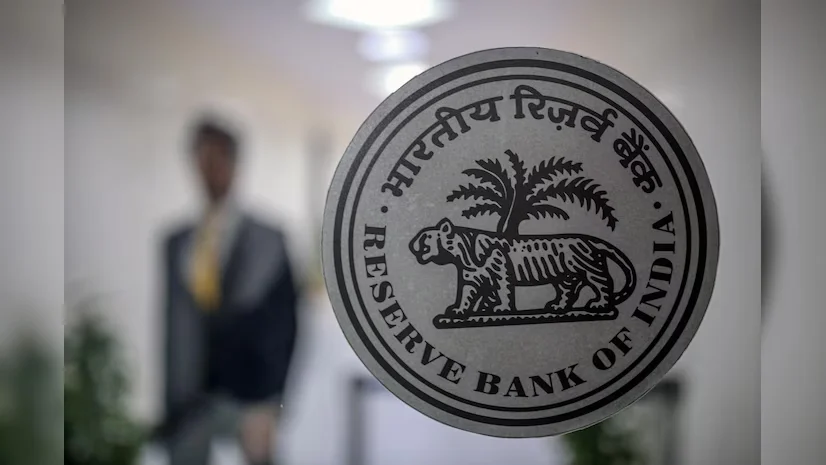The Reserve Bank of India’s 2024-25 Annual Report reveals a 194% jump in bank fraud value to ₹36,014 crore, exposing deep structural flaws in public sector banks and systemic failures in risk management. The latest annual report shows a near-tripling of fraud value in 2024–25 to ₹36,014 crore, despite a decline in overall case numbers. The report lays bare the widening chasm between case counts and monetary damage, particularly within public sector banks, and underscores the urgent need for systemic reforms, tougher governance, and accountability from top banking brass.
A Tale of Two Realities: Falling Cases, Soaring Losses
India’s banking sector is facing a paradox. While the number of reported frauds dropped from 36,060 in 2023–24 to 23,953 this year, the value of these frauds nearly tripled—from ₹12,230 crore to ₹36,014 crore. At the heart of this dramatic rise lies the RBI’s reclassification of 122 legacy frauds, amounting to ₹18,674 crore, following a Supreme Court ruling on March 27, 2023.
The ruling compelled banks to disclose previously buried frauds—especially cases where fraud was established earlier but not reported due to ambiguous legal interpretation. However, the report warns this forced transparency is no silver bullet. The real worry isn’t old skeletons coming to light, but the persistent failure to detect and deter new frauds.
Most troubling is the shift in the fraud landscape: while card and internet frauds saw a welcome decline—from ₹1,457 crore to ₹520 crore—loan-related frauds surged over 229%, reaching ₹33,148 crore. In short, while digital defenses may be improving, India’s credit system has become the new battleground for fraudsters..
Public Sector Banks: The Soft Underbelly of India’s Financial System
The data reveals a striking divide. Public sector banks (PSBs) suffered the brunt of fraud losses, accounting for ₹25,667 crore—up from ₹9,254 crore a year ago—despite reporting fewer cases (6,935) than private banks (14,233). Conversely, private banks bore higher volume but lower-value frauds, mostly digital in nature.
This disparity raises critical concerns about governance within PSBs. Bureaucratic inertia, political pressures, and sluggish modernization have made these institutions vulnerable to high-value loan frauds. Advances and credit lines—once drivers of economic development—have turned into easy prey due to poor due diligence, outdated loan approval systems, and weak internal controls.
Insider collusion is an added menace. Several cases reflect systemic complicity—where officials either look away or actively assist in bypassing risk frameworks. While private banks are by no means immune, their tighter processes and advanced tech-enabled monitoring seem to have offered a partial shield.
Can Regulation Catch Up? RBI’s Tightrope Walk
In response to this mounting crisis, the RBI has updated its Master Directions on Fraud Risk Management to incorporate the Supreme Court’s guidance. The directive emphasizes stricter classification norms, early warning signals, and the deployment of forensic audits. But enforcement remains spotty.
What’s missing is a robust accountability framework. Experts argue the RBI must go beyond issuing directions and hold bank boards and senior executives responsible for operational lapses. Real-time fraud detection systems, mandatory independent audits for large loan disbursals, and severe penalties for non-compliance could act as true deterrents.
The decline in digital frauds offers a lesson. Focused investment in customer awareness, authentication protocols, and security audits paid dividends. Replicating this rigor for credit risk and internal compliance could yield similar results.



